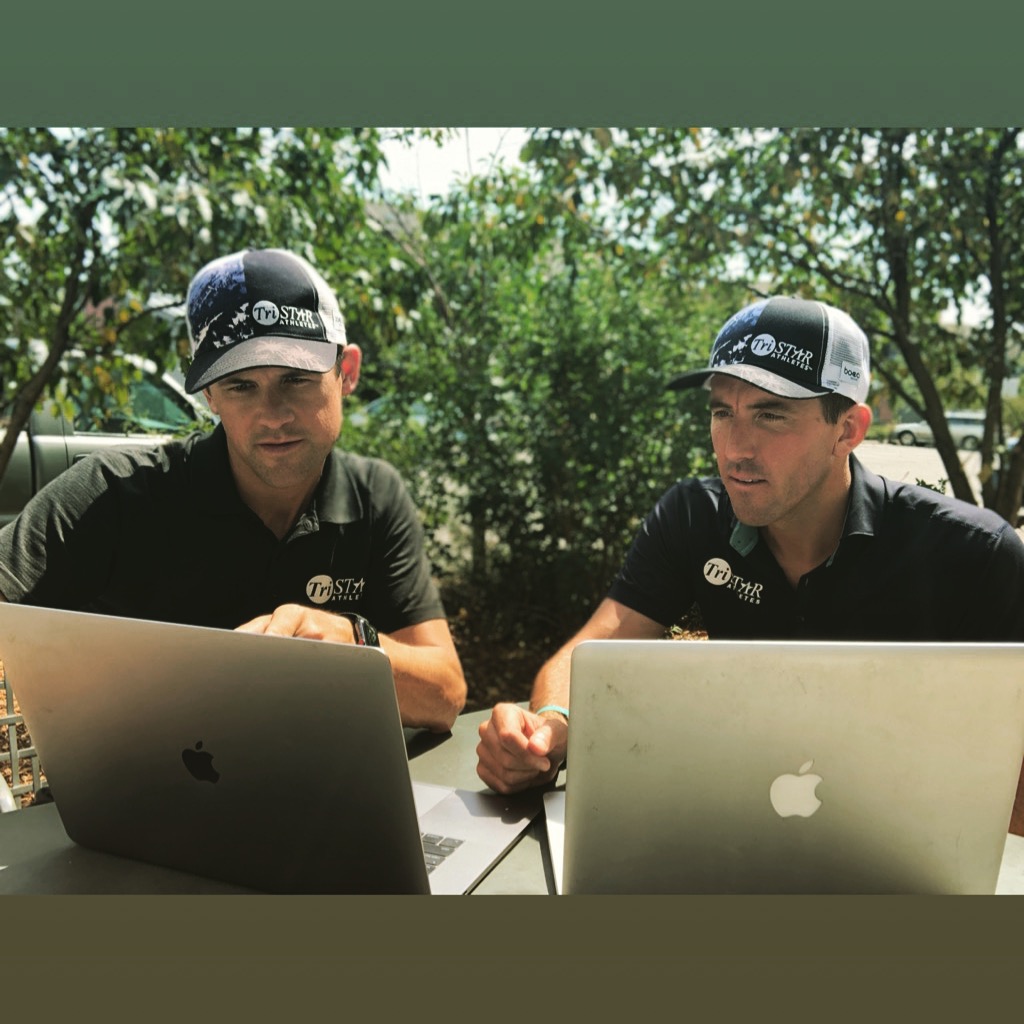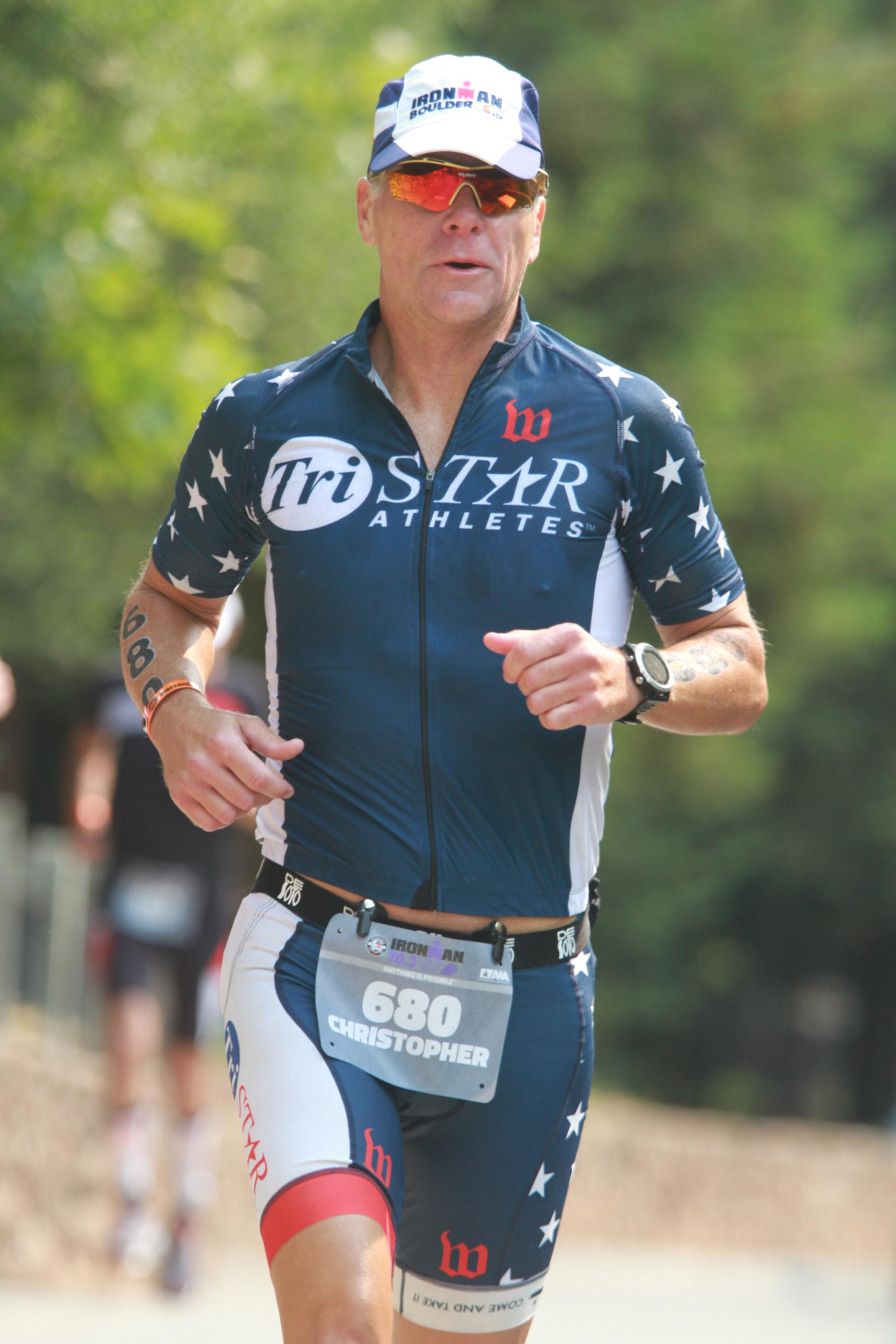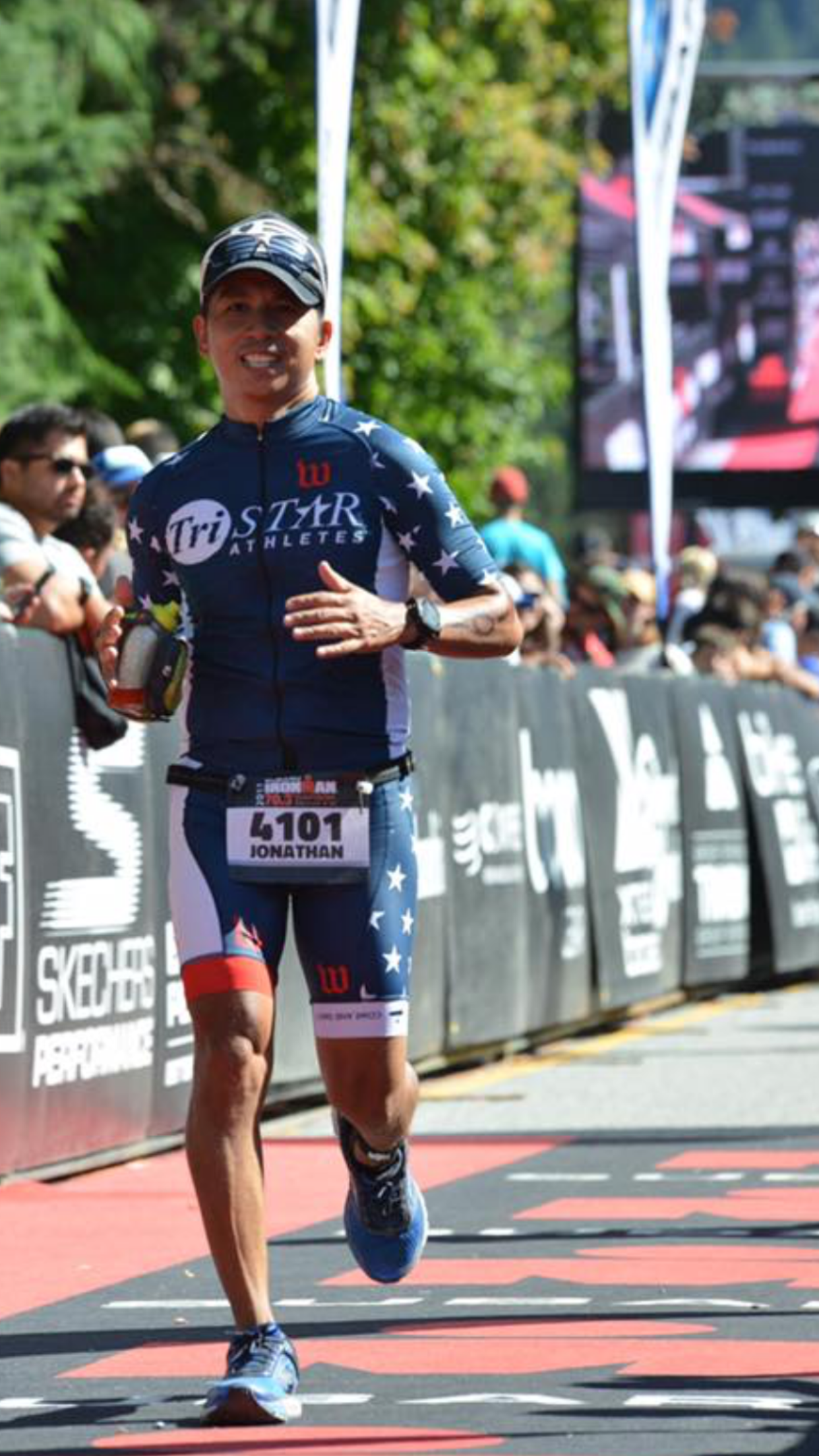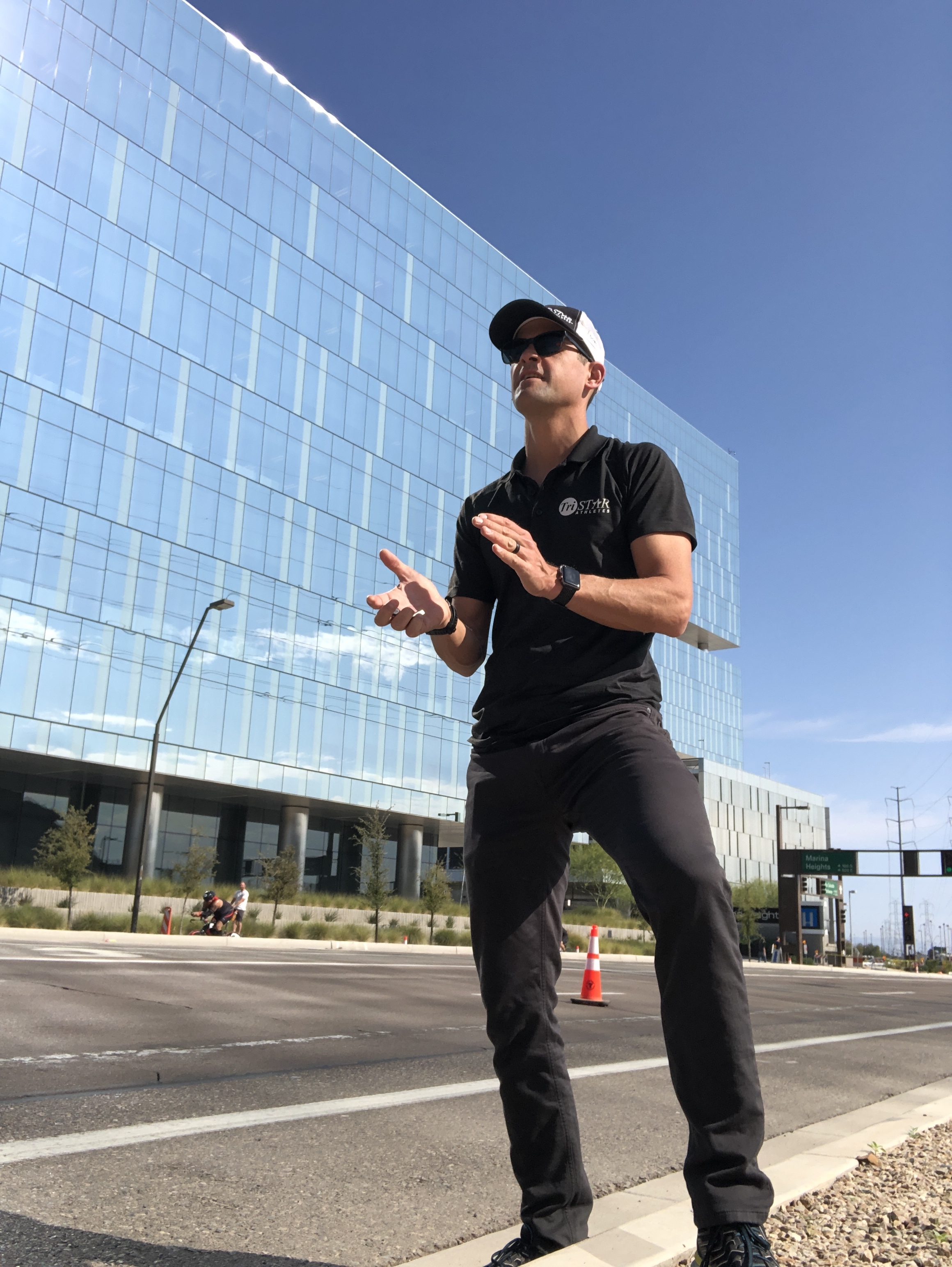Running with power can have many positive enhancements to your training and racing. At Tristar Athletes our coaches are using power to beat the competition, prevent injuries and get specific to the courses you are racing. If you are new to power we have many resources for you to use as you get started. In this first module we tell you more about the hows and 'why’s of power.
The future of run performance is here.
Why do I need to focus on run power?
You want to run faster
Most of your competition is as fast and savvy as you are.. this is an EDGE paired with our coaching methodologies to help you make gains.
Power is more accurate in the assessment of training stress.
We can track miles or volume… however this does not tell us much about stress….
Workout intensity is key to fitness
Rate of perceived effort is too “subjective” and heart rate is important but lags the effort and is influenced by a multitude of aspects. (heat, fatigue, life stress, diet just to name a few)
Run power + heart rate + rate of perceived effort tells us the entire story.
Pace? Pace is helpful but not when it comes to varying wind or hilly conditions, or for example in hot or cold conditions.
Power is absolute - a watt is a watt. (Quantifiable) This is a more precise and clear metric that can also cut down on training time.
What are we measuring exactly?
Power
Form Power
Ground Time
Vertical Oscillation
Cadence
Leg Spring Stiffness
Pace
Distance
Additional Reasons why we are dialing in power for you run
In competitive racing, the margin of error is razor thin. …To not have a powermeter would give your competition a huge advantage. Those athletes who chose not to adopt power will be falling in placement within their age groups.
Course Specificity: With power, our coaches can help dictate the load and pace you will need to have the max output without going too deep and making sure you have enough in the tank to finish strong.
Your plan will have key lead in power based sessions based on your key courses and limiters.
Advancing your run form for more speed, power and economy. Wow! With video sent to our coaches in realtime + run power data we can help reduce unnecessary movements and make adjustments so that the power you are putting out is translating to forward motion (Horizontal power) rather than vertical power. (Up and down motions).
“The most key concept to running power is knowing the watts you produce and how they are converted into speed.”
Run Power Objectivity and other key points.
Know how to pace any distance, and course terrain with power.
Know what to do running into the wind.
Know what to do when the wind is at your back.
When using pace, RPE or heart rate alone you would fail with these instances.
More accurate quantification of training stress. (TSS)
With more accurate training stress demands equals better training and especially better recovery.
Tapering with greater accuracy.
More effective warm ups.
Power-to-weight ratios. - Knowing our athletes weight and power than can put out helps us reverser engineer the performance we need for a break through performance.
Speed per watt: The most biggest advantage of run power - Understanding how your wattage converts to speed or pace.
Pacing - help to maintain correct pacing on challenging courses.
Periodization: Using data from previous seasons and racing can help to craft future planning with your tristar coach. The ability to accurately asses the loads from the past can be applied to the season plans of the future.
Horizontal Power (forward motion power) VS vertical (up and down power) and lateral (side to side power). Maximizing horizontal and minimizing vertical and lateral power is key.
Knowing how your are improving with power
With run Power the goal is to not see who can produce the most watts but rather its a combination of more power and efficiency.
Bio mechanical efficiency + horizontal, vertical and lateral power = speed.
We can use power to determine when your run form is falling apart and speed failing. As your horizontal power drops and your vertical and lateral power increases. Your Tristar coach and plan will help address these limits with specific loads, running drills
An increase in watts held over a duration, most notably horizontal power.
An increase in pace or speed while maintaining the same wattage.
A decrease in total power output for a given pace.
Lower heart rate for a given power and pace.
Other technical aspects of run improvement
Decrease in vertical power for a given pace.
Decrease in lateral power for a given pace.
Decrease in total power for a given pace.
Increase in pace relative to any consistent power output, bet it total, horizontal, vertical or lateral.












